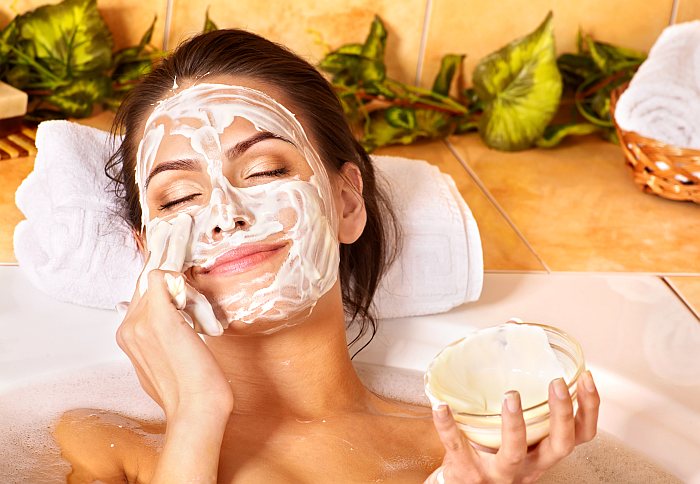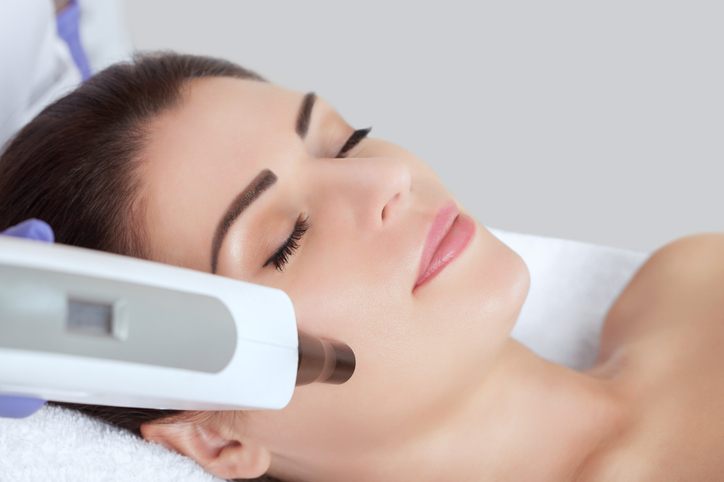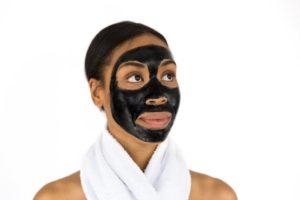Not only is there a right type of exfoliant for every skin type, there’s also the right time to exfoliate. Certain skin types don’t benefit from exfoliating too often, as exfoliating strips your skin of the oil it naturally produces. Meanwhile, other skin types can use the boost from a frequent deep-clean.

Using the right exfoliant not only reduces the risk of harming your skin, it is also the first step to a more effective cleanse. Read on below to find out which exfoliant you should be using for smoother, glowing skin:
If You Have Oily Skin:
The biggest exfoliation mistake you can do if you have oily, acne-prone skin is overdoing it. Over-exfoliation can lead to dryness, and it deprives your skin of its natural oils. Look into exfoliants that offer oil and sebum control instead. These products often contain tea tree oil and eucalyptus that can minimize the appearance of pores, get rid of acne-causing bacteria, and offer sebum buildup control.
You can also opt for a facial scrub that contains small, round, non-plastic beads, or gently use a cleansing device. Keep in mind, though, that physical exfoliation can irritate existing blemishes. If you’re currently breaking out, you might want to make use of chemical exfoliators that are natural and fruit-derived, which can help clear your skin faster and brighten it up. For oily skin, it is recommended to use a physical exfoliant twice a week and a chemical exfoliant thrice a week, alternately.
If You Have Dry Skin:
Those with dry skin will benefit the most from an exfoliating product that not only sloughs off dull, dead skin cells, but also hydrates and quenches the skin. It’s recommended to do a gentle physical exfoliation when your skin feels flaky and dry or if it looks a little more sallow than normal. Use products that can slough off the surface layer, such as jojoba beads or brown sugar, a natural antiseptic. Also check out products that contain strawberries as the extract from this fruit can nourish the skin, dissolve buildups, and leave you smelling luscious.
If You Have Acne-Prone Skin:
An effective deep-cleanse should not cause dryness or irritation. Lesions caused by acne are already inflamed, so any further irritation is best avoided. Avoid using abrasives and physical exfoliators that can cause your skin to flare up and get even angrier. You’ll want to steer clear of substrates like grains, salt, sugar, and facial brushes entirely.
Instead, those suffering from breakouts would do well to take advantage of the benefits of chemical exfoliation. Look out for ingredients like AHA and BHA that will fight and control oil production while removing particles that tend to clog pores. Salicylic, lactic and glycolic acids can also help improve your skin’s texture and aid in fading scarring. It’s recommended to limit your exfoliating to once a week at most to keep your skin smooth and prevent breakouts.
If You Have Aging Skin:
Those from the older set tend to have sensitive, dry skin as a result of aging. Exfoliation is still a necessary step in order to promote cellular renewal. Microdermabrasion is the way to go – this treatment helps reduce the appearance of wrinkles and fine lines while revealing new skin. Otherwise, opt for products that mimic the results of the treatment, and keep an eye out for items that pack a combination of AHAs and BHAs. You’ll also want to look for products that increase the production of collagen, which helps keep the skin firm and reduce pigmentation.

You need to thoroughly understand your skin’s needs so that you can choose the right exfoliant for you. If you know what issues need addressing, you’ll have an easier time narrowing down options that can help your skin look its best.



Great post. Thanks for sharing.